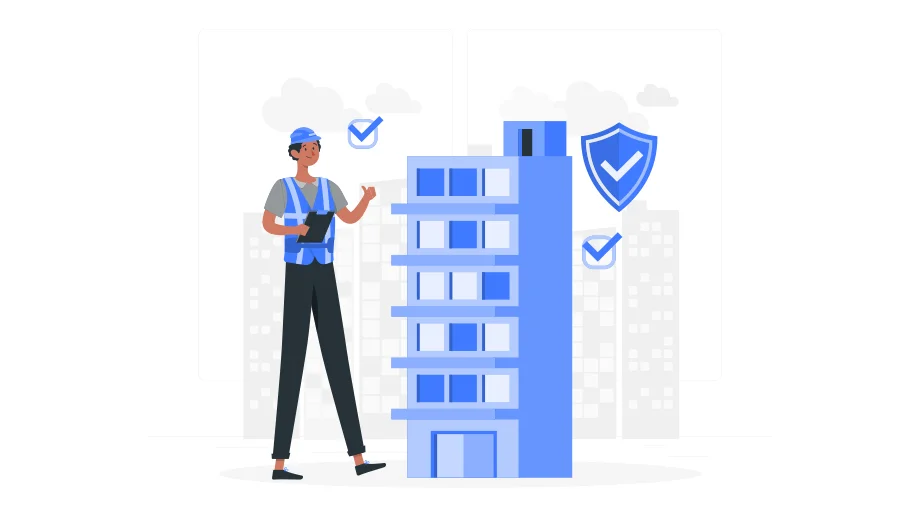7 min readFacility Management companies are facing new challenges with the increasing demand for sustainable buildings. Facility management businesses have always been inspecting and checking buildings to ensure compliance with certain standards or checklists. But now, the burden on Facility management companies is going up both in terms of the rigorousness and frequency of the building inspections as well as the safety of their field inspectors. As they now have to do more with the same resources, they must adopt technology to help them cope with this added challenge.Building owners and tenants are increasingly looking for buildings that have achieved WELL and LEED certification. While LEED certification has been around since 2014, David Hules puts it best in his article “How to prepare your facility for LEED certification”, where he goes through the substantial benefits of LEED certification. LEED-certified structures maximize occupant health and productivity, use fewer resources, decrease lifecycle costs, and reduce waste and negative environmental impacts.Today, we spend 90% of our time in the buildings where we work, live, exercise, shop, and socialize. The WELL building standard is the first certification focusing on the health of people in these buildings. As Mike Ward succinctly puts it in his piece on the differences between LEED and WELL, LEED is designed to focus on buildings while WELL is designed to focus on people. There is some overlap between the two but WELL certification is a performance-based system for measuring and certifying features of the built environment that impact human health and well-being, while LEED certification is a rating system that measures the environmental performance of a building. The WELL standard addresses categories such as Air, Water, Nourishment, Light, Fitness, Comfort, and Mind and has recommendations for each. The blog “What is WELL certification?” gives you more information on the WELL standard.As facility management companies adopt standards like WELL and LEED or develop their own facilities checklist for building, there is a massive operational challenge on how to go about implementing these standards in a way that does not require additional manpower or expense. To achieve these certifications, Facilities Management companies need to adhere to strict guidelines and checklists. In this blog, we will explore the facilities checklist for buildings, and how mobile inspection apps can help Facilities Management companies stay on top of these new challenges.



